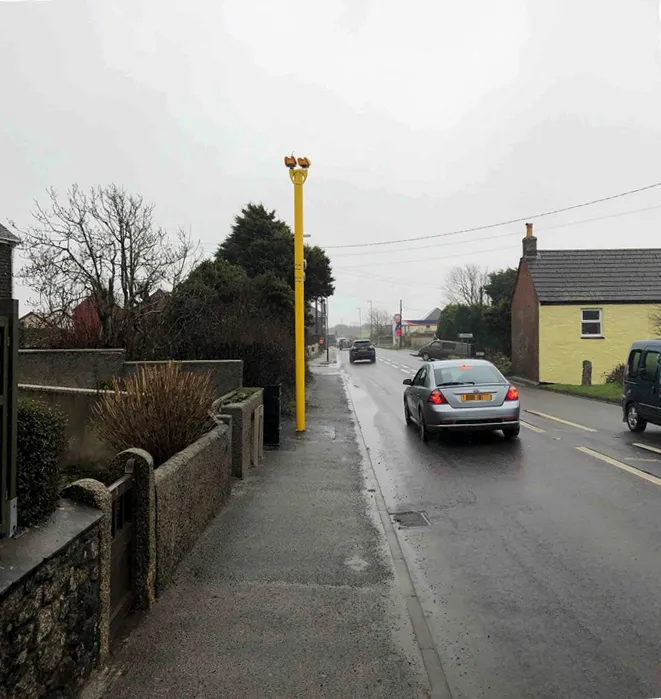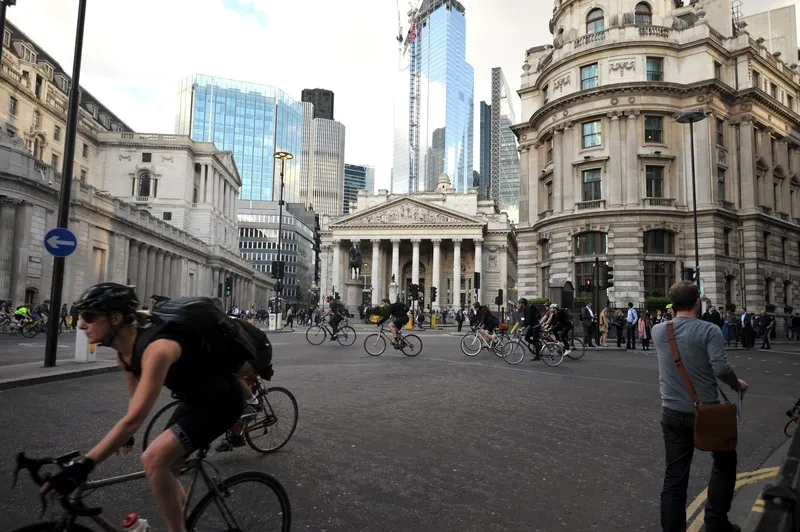A three-month trial of 360-degree camera technology carried out by Brigade Electronics and Continental has been hailed a success by the two companies.
Said to be the first trial of the technology on a fleet of large articulated heavy goods vehicles (HGVs), the project used the Brigade Backeye360 Elite system with Continental’s powerful ASL360 camera system on a fleet of rigid and articulated HGVs owned by UK retailer Marks and Spencer.
Backeye360 Elite uses four ultra-wide angle camera lenses mounted
November 26, 2014
Read time: 2 mins
A three-month trial of 360-degree camera technology carried out by 4065 Brigade Electronics and 260 Continental has been hailed a success by the two companies.
Said to be the first trial of the technology on a fleet of large articulated heavy goods vehicles (HGVs), the project used the Brigade Backeye360 Elite system with Continental’s powerful ASL360 camera system on a fleet of rigid and articulated HGVs owned by UK retailer Marks and Spencer.
Backeye360 Elite uses four ultra-wide angle camera lenses mounted on the vehicle to capture all blind spots. Simultaneous digital images from the camera are processed and video-stitched, resulting in a real-time bird’s-eye view, delivered to the driver’s monitor in a single image. The system will help to avoid accidents with pedestrians and cyclists, as well as damage to the vehicle, by making it easier and quicker for a driver of an articulated HGV to assess and react to potential hazards.
Tony Whitehouse, fleet manager at Marks and Spencer said; “We’ve been trialing the system now on rigid and articulated vehicles in our fleet, and proven its utility in real-world situations that our drivers face daily. Drivers’ feedback is that they fully expect it to make a positive contribution to the safety of our vehicles, employees and other road users.”
Andrew Gilligan, Cycling Commissioner for London said; “I am pleased to see a marked progress in the use of advanced driver assistance systems (ADAS) on large vehicles. Surround View systems offer a great aid to drivers in incident avoidance, making London’s roads a safer place to cycle, walk and motorcycle. Safer roads for everyone result in the driving down of the human and economic cost of serious incidents on the capital’s roads.”
Said to be the first trial of the technology on a fleet of large articulated heavy goods vehicles (HGVs), the project used the Brigade Backeye360 Elite system with Continental’s powerful ASL360 camera system on a fleet of rigid and articulated HGVs owned by UK retailer Marks and Spencer.
Backeye360 Elite uses four ultra-wide angle camera lenses mounted on the vehicle to capture all blind spots. Simultaneous digital images from the camera are processed and video-stitched, resulting in a real-time bird’s-eye view, delivered to the driver’s monitor in a single image. The system will help to avoid accidents with pedestrians and cyclists, as well as damage to the vehicle, by making it easier and quicker for a driver of an articulated HGV to assess and react to potential hazards.
Tony Whitehouse, fleet manager at Marks and Spencer said; “We’ve been trialing the system now on rigid and articulated vehicles in our fleet, and proven its utility in real-world situations that our drivers face daily. Drivers’ feedback is that they fully expect it to make a positive contribution to the safety of our vehicles, employees and other road users.”
Andrew Gilligan, Cycling Commissioner for London said; “I am pleased to see a marked progress in the use of advanced driver assistance systems (ADAS) on large vehicles. Surround View systems offer a great aid to drivers in incident avoidance, making London’s roads a safer place to cycle, walk and motorcycle. Safer roads for everyone result in the driving down of the human and economic cost of serious incidents on the capital’s roads.”









